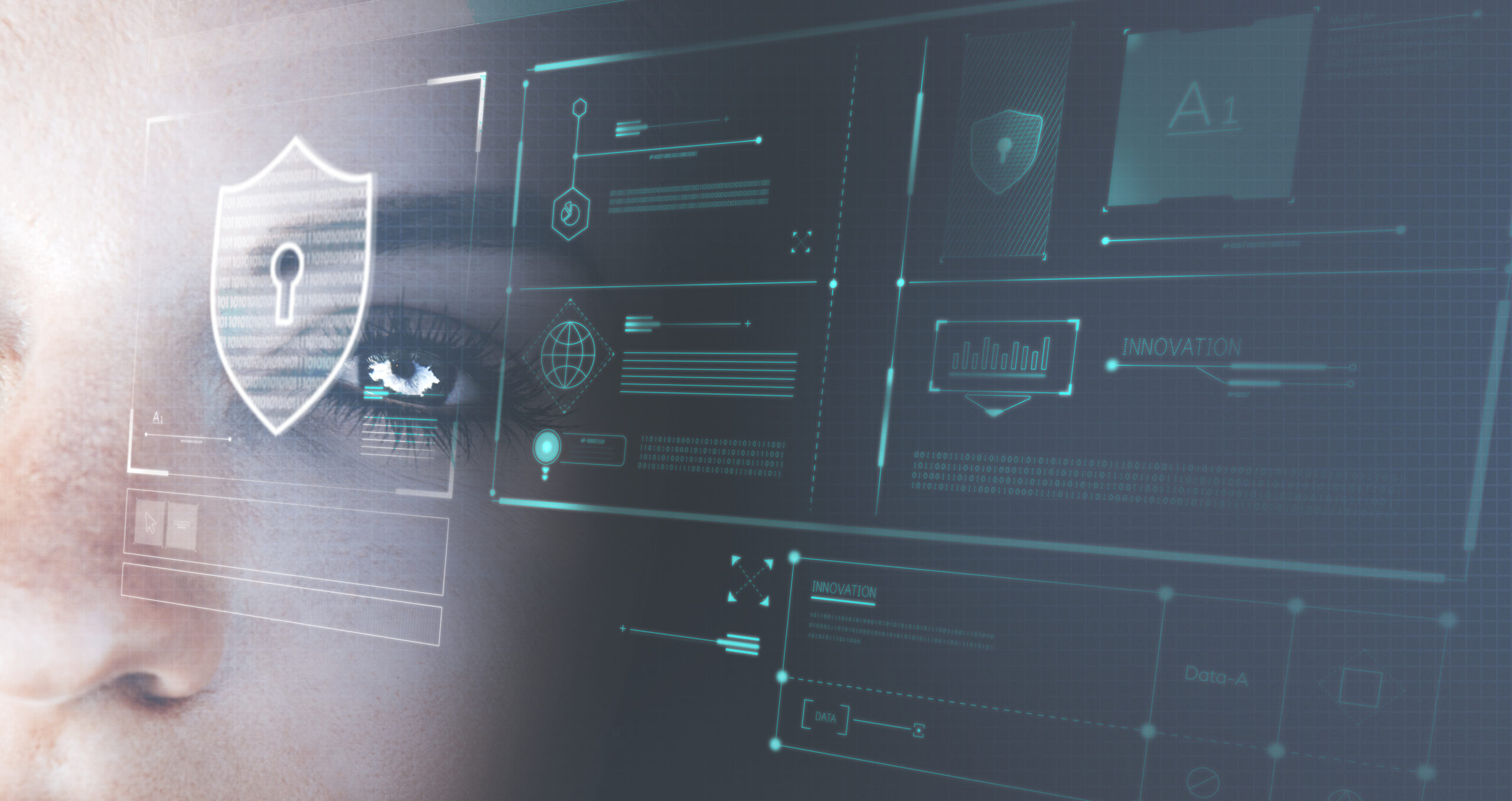Cyber threats are evolving at an unprecedented rate, and 2025 is expected to introduce new challenges as well as advancements in cybersecurity.
As businesses and individuals become increasingly reliant on digital infrastructure, cybercriminals are adopting more sophisticated tactics.
However, emerging cybersecurity trends are equipping organizations with enhanced tools and methodologies to strengthen their defenses. This article explores the key trends poised to shape cybersecurity in 2025.
1. AI-Driven Cybersecurity Becomes the Norm
Artificial intelligence has transitioned from being a futuristic concept to an essential component of modern cybersecurity. In 2025, AI-driven tools will:
- Detect threats in real time through advanced machine learning algorithms.
- Automate threat response mechanisms, reducing reaction time and mitigating damage.
- Identify anomalies and suspicious behaviors before they escalate into significant security breaches.
- Improve predictive analytics to proactively counteract emerging cyber threats.
- Minimize reliance on manual intervention, allowing security teams to focus on strategic initiatives.
As AI technology continues to evolve, its integration into cybersecurity strategies will extend beyond detection and response, incorporating advanced learning capabilities to anticipate potential risks proactively.
Related: Role of Artificial Intelligence in Modern Cybersecurity
2. Expansion of Zero Trust Architecture (ZTA)
With the proliferation of remote work and cloud-based services, organizations are increasingly adopting Zero Trust Security models. This approach mandates:
- The elimination of implicit trust for all users and devices.
- Continuous authentication and validation of credentials before granting access.
- The implementation of micro-segmentation to minimize breach impact.
- Strengthened endpoint security policies to mitigate vulnerabilities.
- Widespread adoption of Identity and Access Management (IAM) solutions to reinforce authentication protocols.
Zero Trust frameworks are becoming integral in safeguarding organizations against both internal and external threats.
3. The Impact of Quantum Computing on Cybersecurity
Quantum computing is poised to revolutionize various industries, yet it presents a formidable challenge to conventional encryption methods. By 2025:
- Cybersecurity experts will prioritize the development of post-quantum cryptographic algorithms to withstand quantum-based attacks.
- Governments and enterprises will accelerate investments in quantum-resistant encryption methodologies.
- Financial institutions and critical infrastructure sectors will begin integrating quantum-safe encryption protocols.
- Increased collaboration among cybersecurity professionals will drive the advancement of quantum-secure frameworks.
The imperative to develop quantum-resistant cryptographic solutions will be crucial to maintaining data security in the digital era.
4. Escalation of Ransomware-as-a-Service (RaaS)
Ransomware attacks are anticipated to grow more sophisticated, with Ransomware-as-a-Service (RaaS) making cybercrime more accessible. Expected developments include:
- The proliferation of cybercriminal marketplaces selling ransomware kits to less-experienced hackers.
- AI-driven ransomware techniques that dynamically adjust to evade security measures.
- Heightened focus on cyber insurance and proactive risk management strategies.
- The introduction of stricter global regulations aimed at disrupting the RaaS ecosystem.
- Organizations prioritizing robust data backup strategies to mitigate ransomware-related disruptions.
As RaaS lowers the barriers to entry for cybercriminals, proactive cybersecurity defenses will be critical.
5. The Expanding Role of Blockchain in Cybersecurity
Blockchain technology is increasingly recognized for its cybersecurity applications beyond cryptocurrency. Anticipated advancements include:
- Decentralized identity management systems aimed at reducing data breaches.
- Blockchain-powered secure transactions that minimize fraudulent activities.
- Greater adoption across industries for supply chain security and digital trust verification.
- Enhanced data integrity and transparency for compliance-driven sectors.
- Strengthened smart contract security measures to combat cyber fraud.
The immutable and decentralized nature of blockchain makes it a formidable tool in enhancing cybersecurity resilience.
6. Strengthening Internet of Things (IoT) Security
As the Internet of Things (IoT) continues to expand, so do security vulnerabilities associated with connected devices. In 2025, cybersecurity measures will emphasize:
- Stricter regulations on IoT security standards to safeguard consumer devices.
- AI-powered IoT security solutions for proactive threat detection.
- Enhanced encryption standards for IoT communications.
- Improved network segmentation strategies to reduce attack surfaces.
- A global push for mandatory security patches and software updates for IoT devices.
Given the rapid adoption of IoT technologies, securing these devices will remain a top priority.
7. Strengthening Global Cybersecurity Regulations
Governments and regulatory bodies worldwide are tightening cybersecurity legislation to address growing threats. Key developments include:
- Stricter data privacy regulations, such as GDPR and CCPA, to protect consumer information.
- The enforcement of mandatory cybersecurity frameworks for organizations across industries.
- Enhanced international collaboration to combat cross-border cybercrime.
- Increased penalties for non-compliance with cybersecurity regulations.
- Expanded guidelines for securing critical infrastructure and essential services from cyber threats.
Organizations will need to align their operations with evolving regulatory requirements to maintain compliance and mitigate risks.
Related: Cybersecurity and Compliance
8. Personalized Cybersecurity Solutions
With AI-driven advancements, cybersecurity measures are becoming increasingly tailored to individual and organizational needs. By 2025:
- AI-powered security solutions will dynamically adapt to individual user behaviors.
- Businesses will employ customized threat intelligence to enhance security postures.
- Cybersecurity training programs will be personalized based on specific user roles and risk factors.
- Predictive analytics will enable real-time security recommendations tailored to unique threat landscapes.
- The development of user-friendly cybersecurity solutions will make digital protection more accessible to non-technical users.
Personalized cybersecurity solutions will play a crucial role in enhancing security while maintaining user convenience.
Conclusion
The cybersecurity landscape is evolving rapidly, and 2025 will be a transformative year for digital security. From AI-powered threat detection to blockchain-driven security models, organizations must proactively embrace emerging trends to safeguard their operations.
As cybercriminals deploy increasingly advanced tactics, staying ahead of these developments will be crucial in mitigating risks and ensuring long-term security resilience.
By integrating these cybersecurity trends into their strategic planning, businesses and individuals can fortify their defenses against an ever-evolving threat landscape.
FAQs
1. How will AI impact cybersecurity in 2025?
AI will enhance threat detection, automate responses, and personalize security measures, reducing reliance on manual intervention.
2. What is Zero Trust Security?
Zero Trust Security is a framework that mandates continuous verification of all users and devices, eliminating implicit trust and enhancing security.
3. How does quantum computing threaten cybersecurity?
Quantum computers can break traditional encryption, necessitating the development of post-quantum cryptographic solutions to ensure data security.
4. What is Ransomware-as-a-Service (RaaS)?
RaaS enables cybercriminals to rent or sell ransomware tools, increasing the accessibility of cyberattacks and necessitating robust security defenses.
5. Will blockchain improve cybersecurity?
Yes, blockchain enhances security through decentralized identity management, secure transactions, and improved data integrity, reducing the risk of data breaches.


